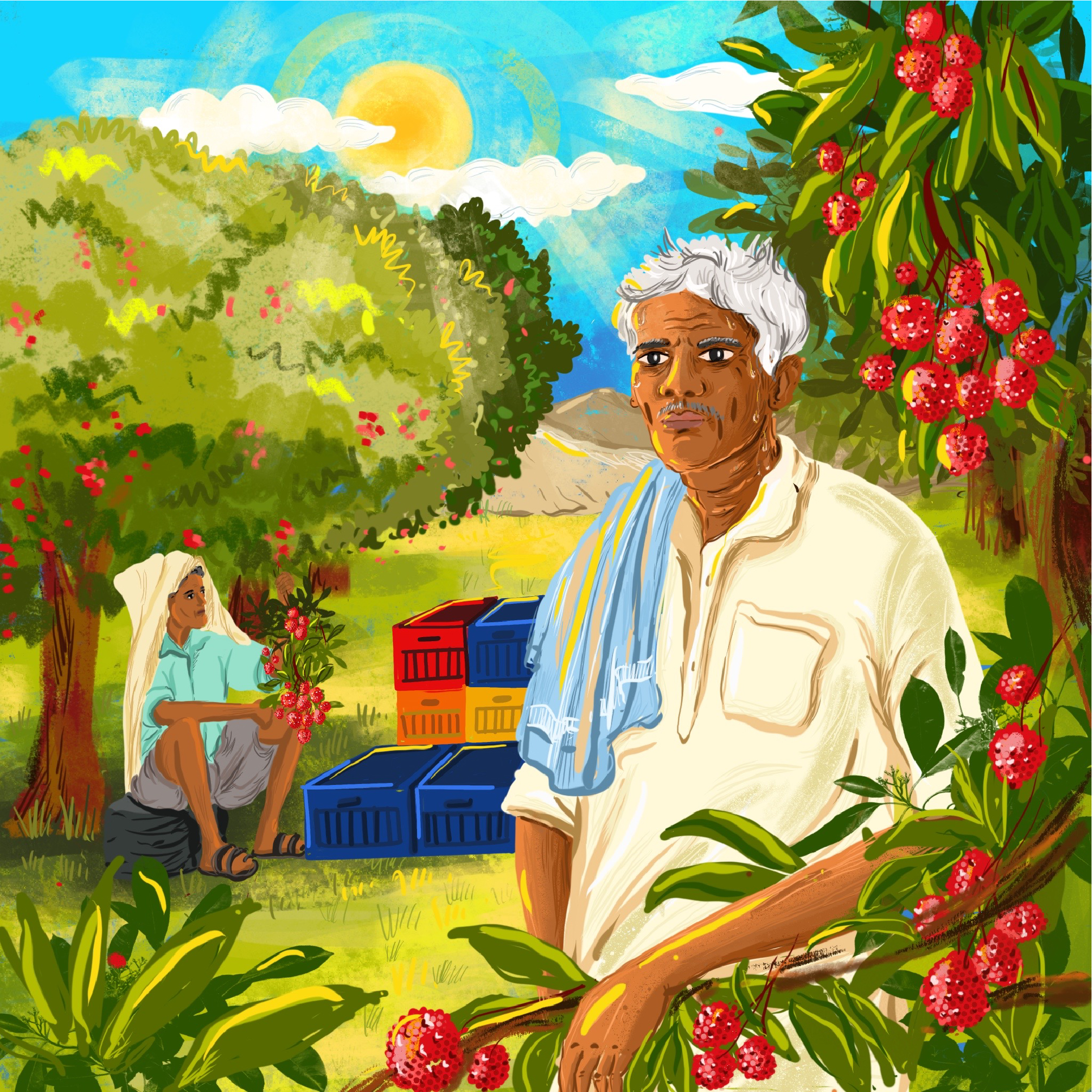Asia world's most disaster-prone region: WMO Report
More than 80 disasters killed over 5,000 people and affected 50 million people directly in the region in 2022, says the report.
By Editorial Team / Aug 1, 2023

Image Courtesy: Down To Earth
Extreme weather and climate change impacts are increasing in Asia as the region witnessed numerous droughts and floods in 2022, according to a new report from the World Meteorological Organization (WMO).
WMO’s report ‘State of Climate in Asia 2022’ said that Asia, the continent with the largest land mass extending to the Arctic, is warming faster than the global average. The warming trend in Asia in 1991–2022 was almost double the warming trend in the 1961–1990 period. Additionally, melting ice and glaciers and rising sea levels threaten more socio-economic disruption in future, the report warned.
Wide impact, mounting damages
According to the report, there were 81 weather, climate and water-related disasters in Asia in 2022, of which over 83% were flood and storm events. More than 5,000 people lost their lives, more than 50 million people were directly affected and there were more than $36 billion in economic damages.
The report found that the mean temperature over Asia for 2022 was the second or third warmest on record and was about 0.72 °C above the 1991–2020 average. The mean temperature over Asia in 2022 was about 1.68 °C above the 1961–1990 average. Drought affected many parts of the region, reducing water availability. The economic losses in 2022 as a result of the drought in China, the report said, were estimated to exceed $7.6 billion.
Talking of disasters, severe flooding caused significant loss of life and economic damage in Pakistan. According to the report, the National Disaster Management Authority (NDMA) said that more than 33 million people, almost 14% of Pakistan’s 2022 population, were affected.
In 2022, exceptionally warm and dry conditions exacerbated the mass loss for most glaciers in the last year. This will have major implications for future food and water security and ecosystems, the report added.
Asia showed an overall surface ocean warming trend since the time series began in 1982. In the north-western Arabian Sea, the Philippine Sea and the seas east of Japan, the warming rates exceed 0.5 °C per decade, which is about three times faster than the global average surface ocean warming rate.
Economic losses in 2022 due to disasters relating to floods exceeded the average for the 2002–2021 period, noted the report. The most significant losses of this type were in Pakistan (over $15 billion), followed by China (over $5 billion), and India (over $4.2 billion). Economic losses in 2022 associated with droughts were the next largest category, causing $7.6 billion in damages (mainly in China). This also exceeded the 2002–2021 average (US$ 2.6 billion) by nearly 200%.
The report emphasised that enhancing food system resilience is a high priority in Asia. The report recommended that monitoring the past and current climate and providing forecasts on weather and climate timescales are fundamental tools underpinning effective early warning services for agriculture and food security.


